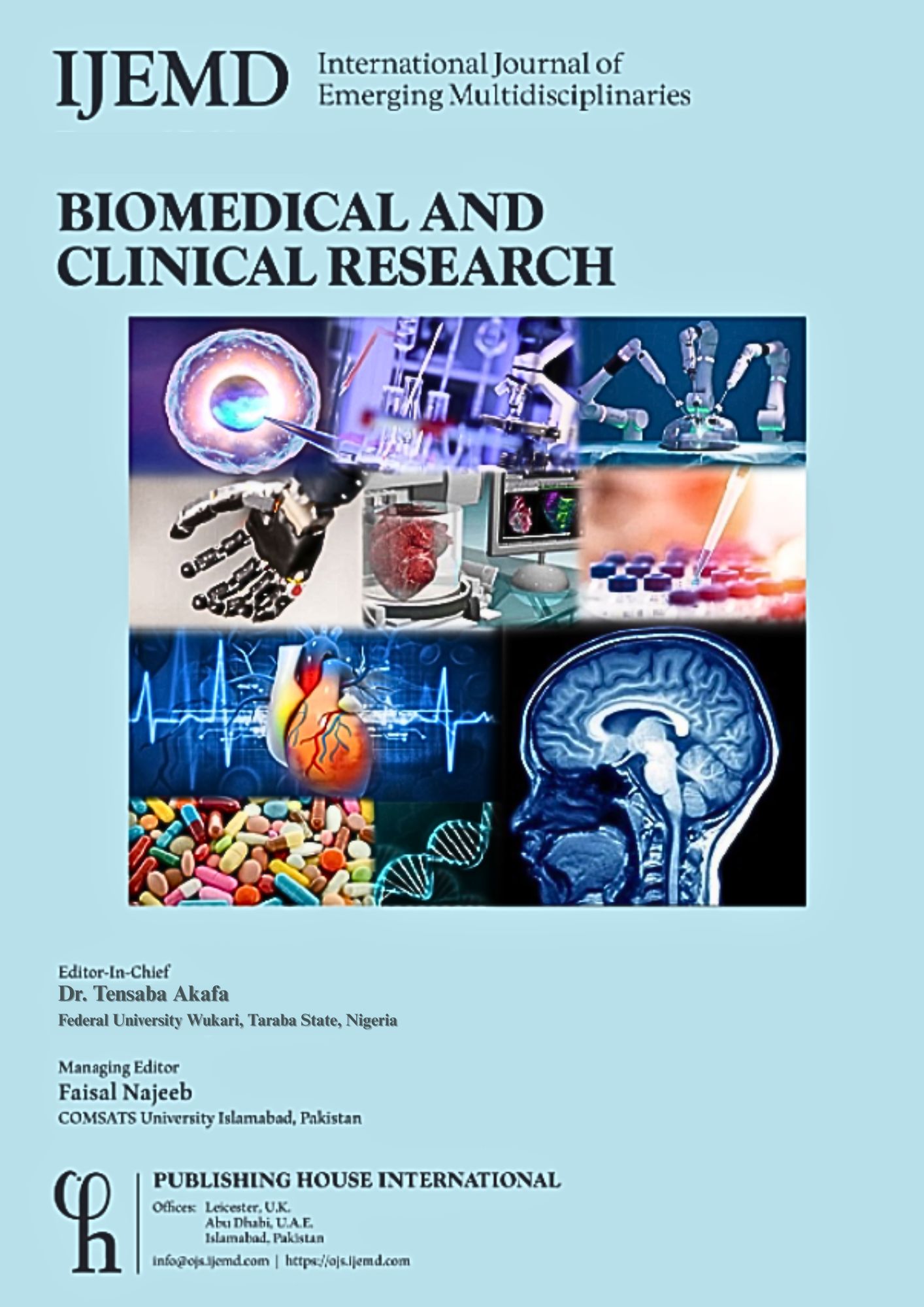The Quality of Life of Adolescents with Terrorism Experience in North-Central Nigeria.
DOI:
https://doi.org/10.54938/ijemdbmcr.2025.03.1.355Keywords:
Adolescents, Terrorism, Insurgency, Disaster, Quality of lifeAbstract
Background: Nigeria has a young population, almost half less than 14 years old. Violent crimes such as kidnapping, banditry, and terrorism continue to plague threats to the young population with consequent effects on the Quality of Life.
Objective: This study aims to determine the relationship between experience of terrorism and Quality of life among adolescents in Mangu Village, Plateau State.
Methodology: This descriptive cross-sectional study was conducted between Dec. 2023 and
January 2024, among adolescents aged 10-19 years, living in Mangu Village, Plateau State with
a sample size of 200 determined using Taro Yamane formula. Data were collected through
standardized semi-structured, pre-tested questionnaires covering socio-demographic
information, terrorism experiences, and the quality of life of respondents. The SPSS version
20.0 was used for statistical analysis, including regression to assess the relationship between
terrorism experience and the quality of life of respondents.
Results: A total number of one hundred and thirty-two (66.0%) were above 16 years old, while one hundred and seven (53.5%) were females. About 92.5% have experienced terrorist attacks before, during which 24.3% felt stressed, 34.6% were sad, and 23.2% were pained. Most of the respondents (53%) were less than 1 month after the duration of the terrorist attack, and 75.7% of the respondents experienced the attacks frequently. 49% of the respondents were self-wishing for death and away from it all. A total number of 114 (57%) of respondents were of good quality of life, while 86 (43% ) were poor during the attack.
Conclusion: This study found that most of the adolescents had experienced terrorist attack with a little less than half of them having poor QoL. We recommend the development of policies and programmes that will improve the quality of life of adolescents exposed to terrorism.










